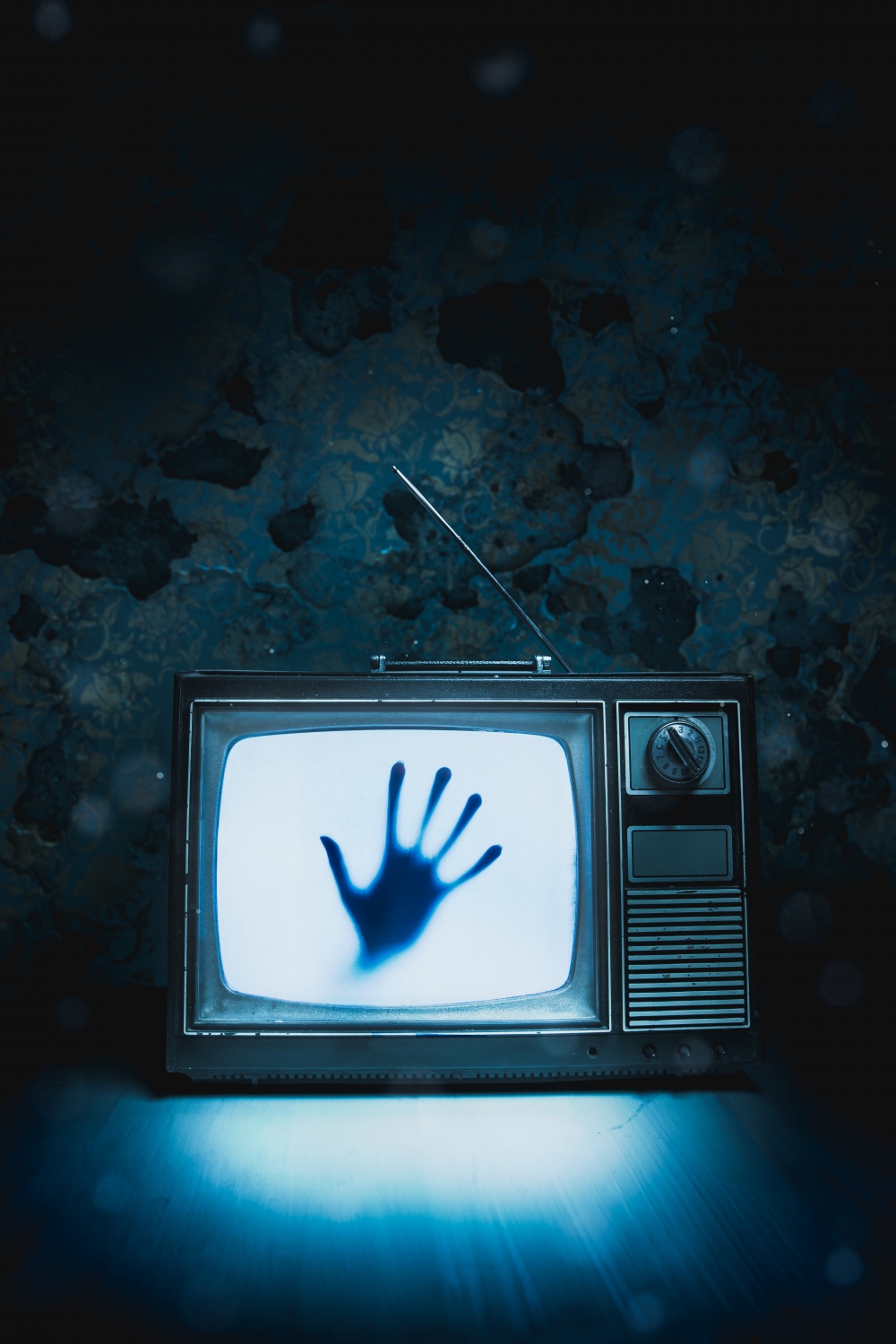The best films to watch this Halloween from the last 100 years

A film buff shares the best frightening films to add to your watchlist this Halloween
This early, unofficial adaptation of Dracula by F.W Murnau still holds every bit of its gothic power almost 100 years after it was made. It’s filled with iconic gothic imagery and features an amazing central performance by stage actor Max Schreck as the terrifying Count Orlock (whose name translates as Max Fear). It also works as a wonderful introduction to silent film for those new to early cinema.
This lavish production of Gaston Leroux’s novel marked a few important firsts for the horror genre. It was Universal Studios’ first full-blown horror film, a genre they would go on to define in the 30s. It was a huge break out role for actor Lon Chaney who played the role of the Phantom in terrifying and physically torturous make-up. However, the films biggest legacy is probably its Paris opera house set which remained standing on the Universal lot until 2014 and appeared in hundreds of films and TV shows.
The first horror blockbuster and the film that made a star of Boris Karloff. Few films can claim to be as iconic as this classic from Universal Pictures. From the gothic production design to the incredible Jack Pierce make-up for the monster, Frankenstein feels like the definitive version of Mary Shelley’s morality tale of man playing god.
One of the few horror films produced at Ealing Studios during its golden era, Dead of Night is one of the earliest examples of the horror anthology film. Essentially a collection of short films linked together by a wraparound story, the anthology format became a staple of British horror films through to the 70s and 80s but rarely was it done as well as here. The scenes of Michael Redgrave being menaced by an evil ventriloquist dummy remain terrifying to this day.

Dracula – 1958
Whilst Bela Legosi may have defined the role of the count in the 1930s, it was the British studio Hammer Films and star Christopher Lee that would go onto resurrect the iconic vampire for a whole new audience. This was the first colour version of Dracula and whilst audiences were shocked by the level of gore and sex on display it went on to become a huge hit in the US and UK spawning sequels throughout the 60s and 70s.
Carnival of Souls – 1962
The only feature film from director Herk Harvey, Carnival of Souls is the story of a young woman who finds herself stalked by a ghoulish stranger after she moves to a new town. This horrifying dream-life ghost story was hardly seen by audiences upon release but has subsequently gone onto become a cult hit and its influence can be found in the films of George Romero and David Lynch.
Nightmare on Elm Street – 1984
The horror boom of the 80s gave birth to a number of new horror icons but king amongst them has to be Wes Craven’s ultimate boogie man Freddy Kruger. A killer who stalks you in your dreams, Kruger was brought to life by the classically trained Robert Englund. Whilst the sequels are imaginative and fun, it’s the original film that has all the scares, including a very gory encounter with a young Johnny Depp.
The Ring – 1999
The late 90s saw an explosion in new Japanese horror cinema and the most terrifying of all has to be The Ring. The set up is simple, once you have watched the cursed VHS tape you have seven days to live unless you pass the curse onto another. Blending MR James with Japanese folk law, The Ring is a slow burn of a film with an explosive and horrifying final. Forget the watered-down American remake and numerous sequels, the original is the real deal.
Whilst Hollywood occupied itself during the 2000s with remaking every 70s and 80s horror hit, usually with poor results, a new wave of independent American horror found its way to audiences with some impressive results. One of the strongest is Ti West’s House of the Devil, an incredibly simple story of a babysitter alone in an old house. The film’s slow, atmospheric storytelling is occasionally broken up with moments of quick violence, keeping the audience on the edge of its seat. Look out for a young Greta Gerwig in a small role.
Julia Ducournau’s Raw starts as a coming of age drama about a young woman joining her older sister in a French veterinary school but soon morphs into something more sinister. A strange mix of John Hughes and David Cronenberg, it’s one of the most effective body horror films in recent years and represents a new wave of female directed horror.
The haunted Zoom call film! A great example of what you can do with very limited resources, Host was written, shot, edited and released during the Covid-19 lockdown. Drawing its influence from other format bending films such as The Blair Witch Project and Ghostwatch, it has more atmosphere, jokes and scares packed into its lean running time than most horror films made for 10 times its budget.
Set in the 80s during the video nasty scare which saw countless horror films banned and re-cut in the UK, Censor is both a celebration of those forbidden and maligned works whilst telling its own dark parable about censorship and who gets a say in what we watch. Director (and MetFilm School tutor) Prano Bailey-Bond delivers one of the smartest horror movies about horror since Wes Craven's Scream whilst also delivering enough gore and shocks to make the 80s proud.







